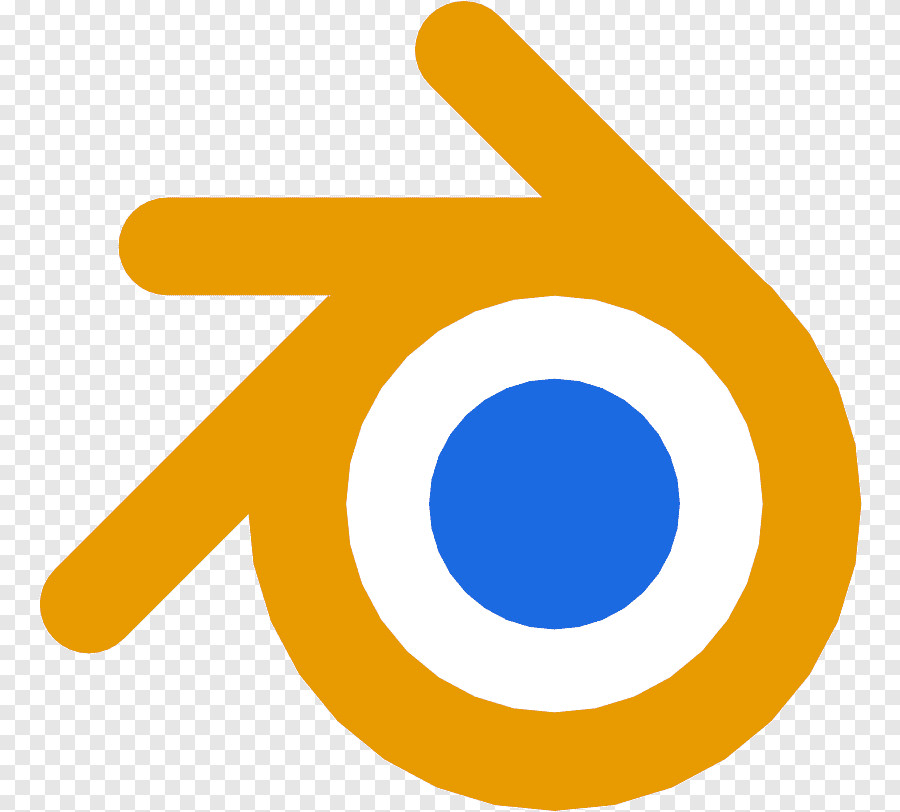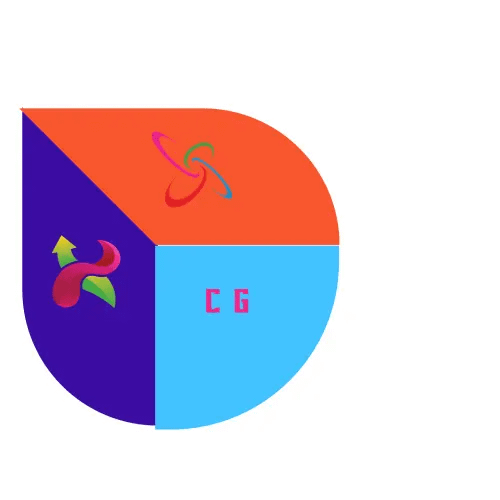
Blender Game Engine
Key Details
As of 2022, here are some key details about the Blender Game Engine:
1. **Integration with Blender**: The Blender Game Engine is tightly integrated into the Blender software, allowing users to create both 3D models/animations and interactive games within the same environment.
2. **Logic Bricks**: One of the distinctive features of the Blender Game Engine is its use of logic bricks. These are visual programming elements that allow users to create game logic without extensive coding knowledge. Logic bricks can be connected to define the behavior of game objects.
3. **Python Scripting**: While logic bricks offer a visual way to design game logic, the Blender Game Engine also supports Python scripting. This provides users with more advanced and flexible control over game behavior. Python scripts can be integrated into the game logic and enhance the overall functionality.
4. **Real-Time Rendering**: The Blender Game Engine is capable of real-time rendering, allowing developers to see the results of their work immediately. This feature is beneficial for game designers who want to iterate quickly on their projects.
5. **Physics Simulation**: The engine includes a built-in physics engine that allows developers to simulate realistic physics interactions in their games. This is crucial for creating immersive and dynamic gaming experiences.
6. **Platform Compatibility**: Games created with the Blender Game Engine can be exported to various platforms, including Windows, Linux, and macOS. This makes it possible for developers to reach a broader audience with their games.
7. **Open Source**: Blender, including its game engine, is open-source software. This means that users have access to the source code, can modify it, and share their changes with the community. Open source nature encourages collaboration and the development of a robust ecosystem.
It’s worth noting that developments in the Blender software may have occurred since my last update in January 2022. If you’re interested in using the Blender Game Engine, I recommend checking the official Blender website or documentation for the latest information and any potential changes or updates.
How to use
Using the Blender Game Engine involves a combination of visual logic brick programming and, if necessary, Python scripting. Here’s a simplified guide on how to get started:
### 1. **Open Blender and Switch to Game Layout:**
– Open Blender and create or open a 3D project.
– Switch to the “Layout” workspace.
– In the top header, change the layout to “Game Logic.”
### 2. **Add and Configure Objects:**
– Create or import the 3D objects you want to use in your game.
– Select an object and go to the “Physics” tab in the Properties Editor to enable physics properties like collision.
### 3. **Logic Bricks:**
– In the Game Logic workspace, find the “Logic Editor” panel.
– Add logic bricks to your objects by clicking the “Add” button.
– Connect the bricks to define logic flow.
– Common bricks include “Sensor” (input triggers), “Controller” (logic operations), and “Actuator” (output actions).
### 4. **Logic Operations:**
– Use logic bricks to create basic operations. For example, connect a “Keyboard Sensor” to a “Motion Actuator” to move an object when a key is pressed.
– Experiment with different sensors and actuators to create more complex interactions.
### 5. **Python Scripting (Optional):**
– For advanced functionality, you can use Python scripting.
– Create a new text file in Blender, write your Python script, and save it with a “.py” extension.
– In the Logic Editor, add a “Python Controller” and link it to your script.
### 6. **Real-Time Testing:**
– Click the “Start Game” button in the 3D view to enter Game Mode.
– Test your game in real-time, and use the logic bricks and scripts to control the behavior.
### 7. **Exporting the Game:**
– Once satisfied with your game, you can export it.
– In the “File” menu, choose “Export” and select the desired game format.
– Common formats include standalone applications for Windows, Linux, or macOS.
### 8. **Documentation and Resources:**
– Explore Blender’s official documentation for detailed information on specific features and functions.
– Join Blender forums and communities to seek help and share experiences with other game developers using the Blender Game Engine.
